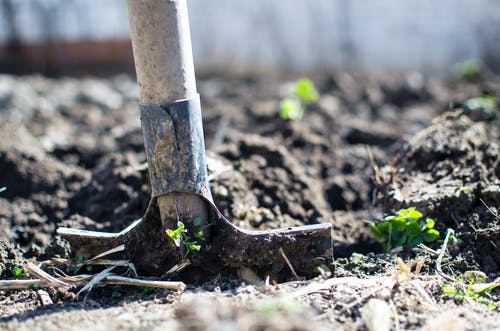6 Reasons to Add Agricultural Land to Your Portfolio
Agricultural land is the type of investment that often gets forgotten by most investors. Adding real estate to your investment portfolio can help you to save for retirement by providing you with excellent growth rates and a regular dividend income.
Historically, there has been little information on how to invest in farmland, but alternative investing platforms like AcreTrader have made it easy for investors to get into the business. For more information on how to do it, read this review on AcreTrader.
Here’s why you should consider adding agricultural land to your portfolio.
- Increasing Long Term Demand
Agricultural land produces the bulk of the world’s food. With the UN predicting that the world’s population will hit 9 billion by 2050, those are a lot of mouths to feed.
Experts see no alternative to food being grown on agricultural land in the future. A profitable farm will continue to be profitable and is unlikely to see disruption from any groundbreaking alternatives.
- Limited Availability of Farmland
There’s only a certain amount of land available for farming. Although some wasteland may be converted into farmland, there’s always an upper limit. Unlike individual stocks, there’s no way to simply magic more farmland out of thin air.
Limited availability of land for farming means that there’s a huge amount of long term value to be found in agricultural land.
- Agricultural Land is a High-Performance Asset
Over longer periods, farmland has outperformed all other assets in terms of growth. With an average growth rate of more than 10%, this beats out stocks, bonds, and precious metals. Only cryptocurrency, in the short term, has a higher growth rate than farmland.
Due to the factors mentioned above, this should come as no surprise. Plus, you can build your portfolio in two ways with farming.
The overall value of farmland tends to increase year on year, plus the tenants pay rent, which is paid out as dividends every year.
- Low-Risk Investment
Before you begin looking at mortgage lenders for your farmland purchase, you should know that it’s never been easier for the average investor to get into the agricultural sector. These days you can hold just a few percentage points of a farm, and still get paid for your investment in it.
The fact that you aren’t required to come forward with a six-figure sum is what makes this an accessible, low-risk investment. If you want to manage your own portfolio and diversify into farming, you can do it for a few thousand dollars.
- True Diversification of Asset Classes
One of the essential principles of investing is to build a diversified portfolio. Exposure to different industries, exposure to local markets, and exposure to global markets are just some of the ways to start investing your money.
However, what few people mention is that stocks, bonds, funds, and even bank accounts are all examples of “paper assets”. They are all within the same category of asset.
Due to the fact the financial world is tied together, a major stock market crash could destroy all these paper assets in a matter of months. Farmland is in a different asset class, so it’s not tied to the fate of paper assets.
It’s the same reason why it’s strongly advised to also include real estate and precious metals as part of your portfolio. Agricultural land is an asset class all its own because as well as not being tied to paper assets it’s not even tied to the residential and commercial real estate markets.
This is the essence of true diversification. One of the key millionaire habits to explode your wealth is to diversify heavily, so you are largely shielded from market movements elsewhere.
- Hedge Against Inflation
Unlike paper assets and fiat currency, farmland is a hard asset. This means it will always have some value because it’s not only land but it’s land that produces something vital to human survival.
Investors often like to invest in precious metals to hedge against inflation, but these tend to lack growth. Farmland, on the other hand, has huge growth potential.
In an era where interest rates are low and inflation is soaring, inflation busting assets make up a more important part of a portfolio than ever before.
Final Thoughts
Now has never been a better time to invest in agricultural land. The reality is most investors are simply unaware of this investment, and so it’s still considered an “alternative” investment.
Increasing accessibility to investing has made it easier than ever to invest in agricultural land, even if you live in an urban environment. Remote investing is growing in popularity. This is expected to impact the amount of interest going towards agricultural land.
Getting in now could yield some impressive deals that repay themselves many times over in the years to come.
Would you consider investing part of your portfolio into agricultural land?

